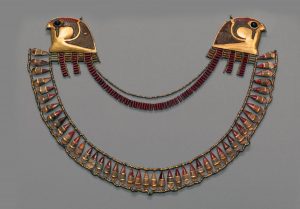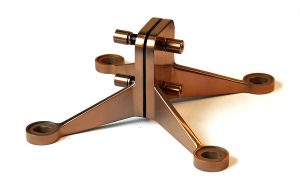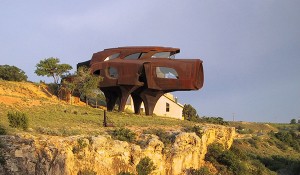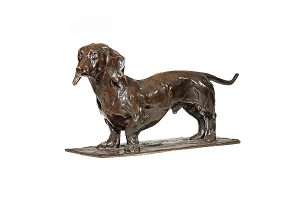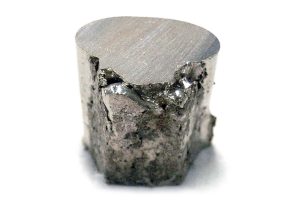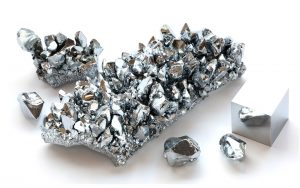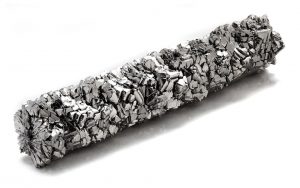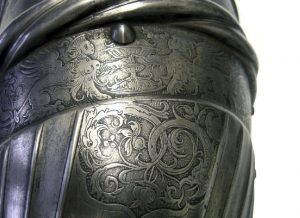The applications of Cor-Ten steel – from its beginnings in the US railroad industry to the worlds of art and architecture
In 1933, the U.S. Steel Corporation developed and patented a new weathering steel alloy.
The company sold the product under the brand name Cor-Ten and it is still a popular product today, used throughout industry, art and architecture. It was designed to be tough and to have a controlled corrosion rate – the name comes from an amalgamation of the words corrosion and tensile.
Design purpose of Cor-Ten steel
U.S. Steel specifically designed Cor-Ten for the construction of hopper cars used in the railroad industry. A hopper car is a railroad freight car used to transport raw materials such as coal, wheat, and iron ore in large quantities. They have to be very robust and resilient, able to withstand thousands of tons of coal or iron ore dropped in them year after year. Cor-Ten was a way to remove the need for painting the trucks and extending the working life of the hopper car.
The weathering steel was also used to build passenger railcars from the 1930s to the late 1940s. These passenger cars were considered a paradigm shift in material use from the traditional timber railcars. Trains such as the art deco ‘Spirit of Progress’ in Australia, were fabricated from painted Cor-Ten which was a very advanced material for its time. It is still used for its original purpose of manufacturing bulk transport railcars to this day as the inherent strengths and the cost of the product remain attractive to the railway industry.
Shipping containers are also manufactured from Cor-Ten, making it a heavily used material in maritime transport.
Cor-Ten steel in architecture
It was not until the 1960s that architects discovered Cor-Ten. The pioneer for the use of this weathering steel was the brilliant Finnish architect Eero Saarinen who had designed the Gateway Arch in St. Louis and the iconic TWA Flight Center at John F. Kennedy Airport in New York.
He was commissioned by William Hewitt, the President of John Deere, the heavy agricultural equipment manufacturer, to design their new headquarters. Hewitt was under pressure to move the company’s world headquarters to either New York or San Francisco but knew his customers would not be impressed by a move to either city. He decided instead to locate the new headquarters in Moline, Illinois but insisted it had to be a distinctive building.
Hewitt wanted a down-to-earth, rugged and practical building that reflected the company’s clients and their businesses. Saarinen satisfied the brief perfectly by using Cor-Ten steel; the earthy rust coloured corrosion that develops on the material, matched the type of rusty finish seen on metal ploughs and other farm implements used by John Deere’s clients. It was the first architectural use of pre-rusted Cor-Ten steel and, just like the railcars before it, would never need painting.
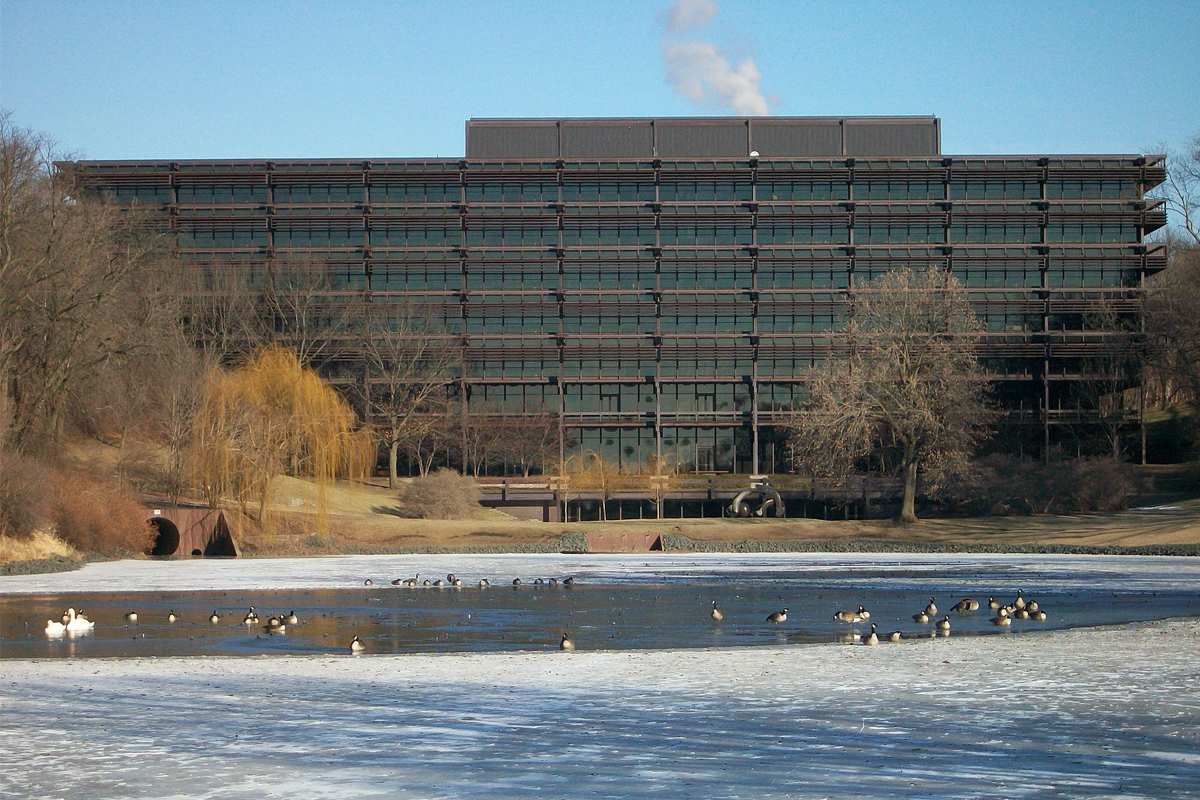
John Deere Headquarters in Moline, Illinois. The complex of three buildings designed by Eero Saarinen is constructed from Cor-Ten steel and holds around 900 employees.
Photography by Ctjf83.
Tragically, Saarinen never saw his building completed. That honour went to Kevin Roche, who worked with him and finished many of Saarinen’s projects after his early death at the age of 51 while undergoing surgery to remove a brain tumour.
U.S. Steel Tower in Pittsburgh
The next notable, architectural Cor-Ten steel project was for U.S. Steel itself, the company that invented the material. The corporation wanted a building to showcase the properties of Cor-Ten steel to the architectural community and decided the best way of achieving that was to build their head office out of it.
Construction on the U.S. Steel Tower in Pittsburgh, Pennsylvania started in 1967 and finished in 1971. Standing at 841ft tall, it is the tallest building in the city and has the Cor-Ten steel columns on the exterior to display the building material.
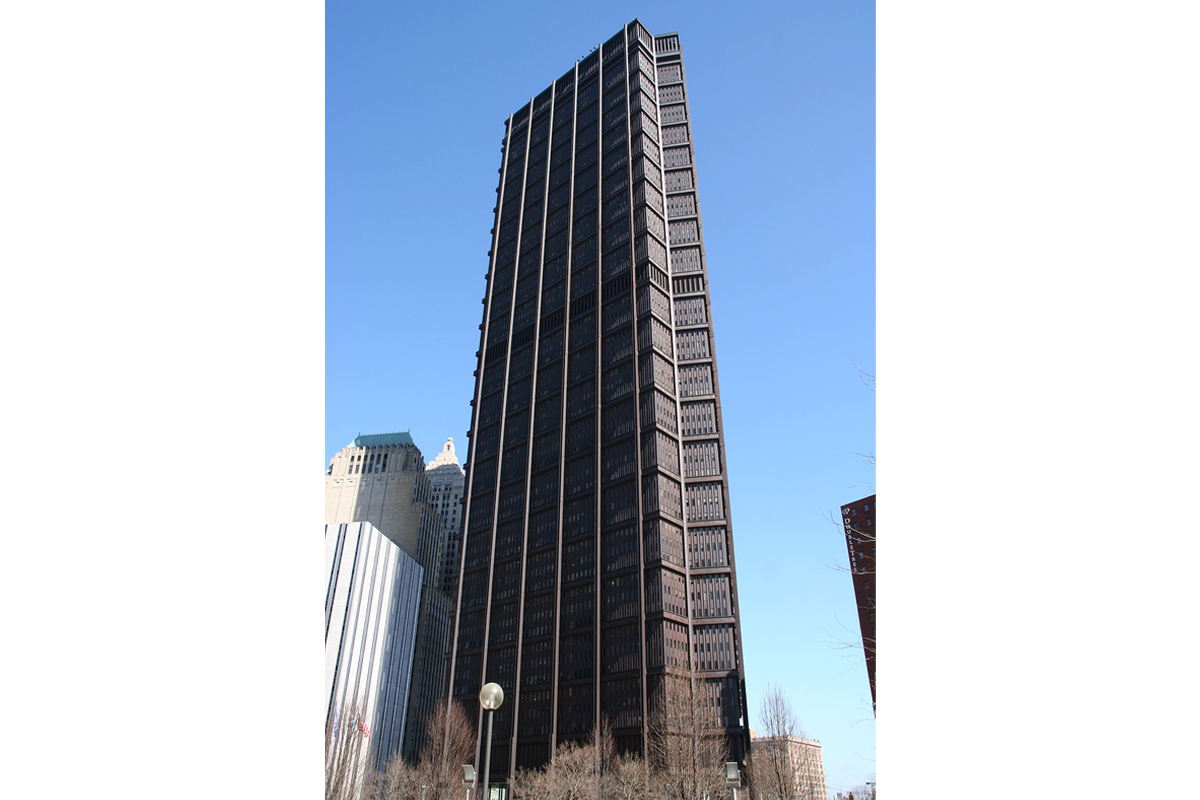
U.S. Steel Tower in Pittsburgh, Pennsylvania. The building is 64 stories high with an acre of office space on each floor and is constructed from Cor-Ten steel.
Photography by Derek Jensen.
One problem uncovered in using Cor-Ten to construct the tower was that in rainy weather, the initial corrosion layer washed off the surface of the steel, staining the surrounding pavements and buildings with a rusty brown or reddish colour. Once the weathering was complete, the company organised a clean-up operation to remove the stain although the sidewalks still have a decidedly rusty tinge!
Cor-Ten used in sculptures
Cor-Ten steel has also found a niche with sculptors the world over. Antony Gormley’s ‘Angel of the North’ in the United Kingdom, is a massive 200-ton, 20-meter tall, and 54-meter wide sculpture made from the steel.
‘The Angel of the North’ by artist Antony Gormley stands in Gateshead, North

‘The Angel of the North’ by artist Antony Gormley stands in Gateshead, North England. The sculpture is made from Cor-Ten steel and the wings have a span of 54 metres.
In Australia, Astra Parker used Cor-Ten to produce her group piece, ‘Sisters’ and Pablo Picasso also worked with the material to produce his untitled piece known as ‘The Chicago Picasso’, which he gifted to the city in 1967.


